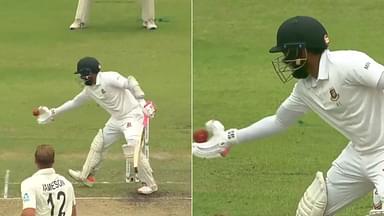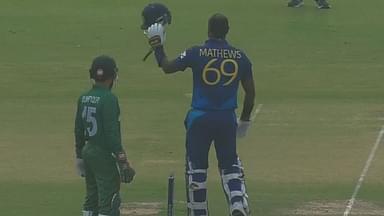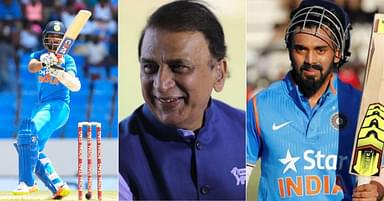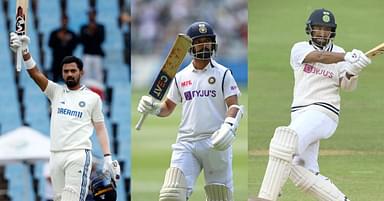India and Bangladesh are up against each other in the 1st of the 2-match series at the Zahur Ahmed Chowdhury Stadium in Chattogram. After the end of Day 2, the Indian team is dominating, and the Bangladesh side is now facing a tough battle to avoid the follow-on.
Advertisement
India scored 404 runs in the 1st innings, where Cheteshwar Pujara, Shreyas Iyer and R Ashwin scored their respective half-centuries. Bangladesh’s duo of Taijul Islam and Mehidy Hasan Miraz scalped four wickets each.
I reply, the Indian pacers started the match with a bang when Mohammed Siraj took the wicket on the very first ball of the match. Kuldeep Yadav was at his very best in the match, and he scalped 4 wickets. Bangladesh ended the day at 133-8, and they are in danger of not avoiding the follow-on.
Test cricket follow on rules
The follow-on is quite an interesting rule in test cricket and enforcing or not enforcing the follow-on can hamper the result of the match. Some people may find it difficult to find the follow-in rules, but it is actually quite easy to calculate them. It is to note that follow-on is applicable in red-ball matches played across two innings.
MCC’s Law 14.1 states “In a two-innings match of 5 days or more, the side which bats first and leads by at least 200 runs shall have the option of requiring the other side to follow their innings”.
For example, India scored 404 runs in the 1st innings, Bangladesh will have to score a minimum of 205 runs to avoid the follow-on. Although, it is not necessary for the team to enforce the follow-on, and it all depends upon the captain.
The follow-on rules change on the number of days. For a 5-day game, 200 runs are subtracted, 150 runs for 3 & 4-day games and 100 runs for a 2-day match.







